In a pivotal shift for modern warfare, Ukraine and Russia are intensifying their use of fiber-optic drones in the ongoing conflict in Russia’s Kursk region, a development that has reshaped battlefield dynamics. According to a detailed report by The Washington Post, these tethered drones, which rely on thin fiber-optic cables for control instead of radio signals, are giving both sides a tactical edge by evading electronic jamming systems.
Fiber-Optic Drones: A Technological Leap Forward
Fiber-optic drones represent a significant evolution from traditional first-person-view (FPV) drones, which Ukrainian troops began using in 2022 to counter their lack of heavy munitions. Unlike radio-controlled FPVs, fiber-optic drones transmit data through cables made of glass, similar to those used for high-speed internet. This makes them immune to jamming, a common countermeasure that disrupts wireless signals. The cables, while prone to tangling, allow for more precise targeting and longer battery life.
As Andrew Coté, a former U.S. defense official and now chief of staff for Brinc Drones, explains, “The fiber-optic drones in Russia and Ukraine transmit information more securely and can better pinpoint targets, despite some limitations including distance.”
These drones can strike targets up to 12 miles (19 kilometers) from their launch point, offering an affordable alternative to expensive artillery for close-range attacks. In Kursk, Russia’s deployment of these drones has outpaced Ukraine’s, giving Moscow a strategic advantage. Ukrainian troops reported that by mid-February, Russian fiber-optic drones had turned a critical supply route to the town of Sudzha into a “road of life”—and a death trap—severely disrupting logistics.

Operational Challenges and Innovations
Despite their advantages, fiber-optic drones come with trade-offs. The cables can tangle in propellers or on obstacles like tree branches, rendering the drone useless with a single cut.
Ukrainian commander Yuriy Fedorenko, who leads the Achilles Regiment, notes that drones with larger coils for greater range—up to 12.5 miles (20 kilometers)—are more vulnerable. “The bigger the distance, the bigger the coil; the bigger the coil, the bigger the drone; the bigger the drone, the more likely it is to be shot down,” he states.
Ukraine is racing to close the gap. Of the country’s roughly 500 drone manufacturers, at least 15 are now developing fiber-optic models, with 20 more producing the cylindrical coils that carry the cables, according to Mykhailo Fedorov, Ukraine’s minister for digital transformation. Companies like Oleksandr Shulga’s are producing 1,500 coils weekly, with plans to test a new FPV model called “The Spider,” capable of speeds up to 70 mph (113 km/h). Meanwhile, Ukrainian troops are building lighter drones with domestically sourced components to reduce reliance on Asian imports, a move aimed at cutting costs and boosting self-sufficiency.
Industry Trends and Future Implications
The rise of fiber-optic drones signals a broader trend in drone warfare: affordability and adaptability. Costing just a few hundred dollars—roughly double the price of a standard FPV—these drones are small enough for a soldier to hold yet powerful enough to disable a tank. Their use has already spread beyond Ukraine, with FPVs appearing in conflicts in West Africa and Syria, hinting at a global shift in low-cost, high-impact weaponry.
Looking ahead, the technology could further evolve with Artificial Intelligence to enhance targeting and reduce the burden on operators, as Fedorenko suggests. However, regulatory challenges loom. The U.S., which has been monitoring these developments, may face pressure to update export controls or military aid policies as fiber-optic drones become more widespread. For now, as Dmytro Semkiv, an engineer in Ukraine’s Achilles workshop, puts it, “Genius ideas are really simple”—a reminder that even small innovations can redefine the battlefield.
Photos courtesy of X
Discover more from DroneXL.co
Subscribe to get the latest posts sent to your email.

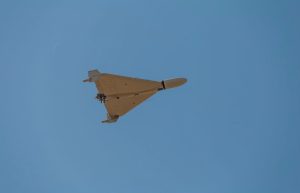







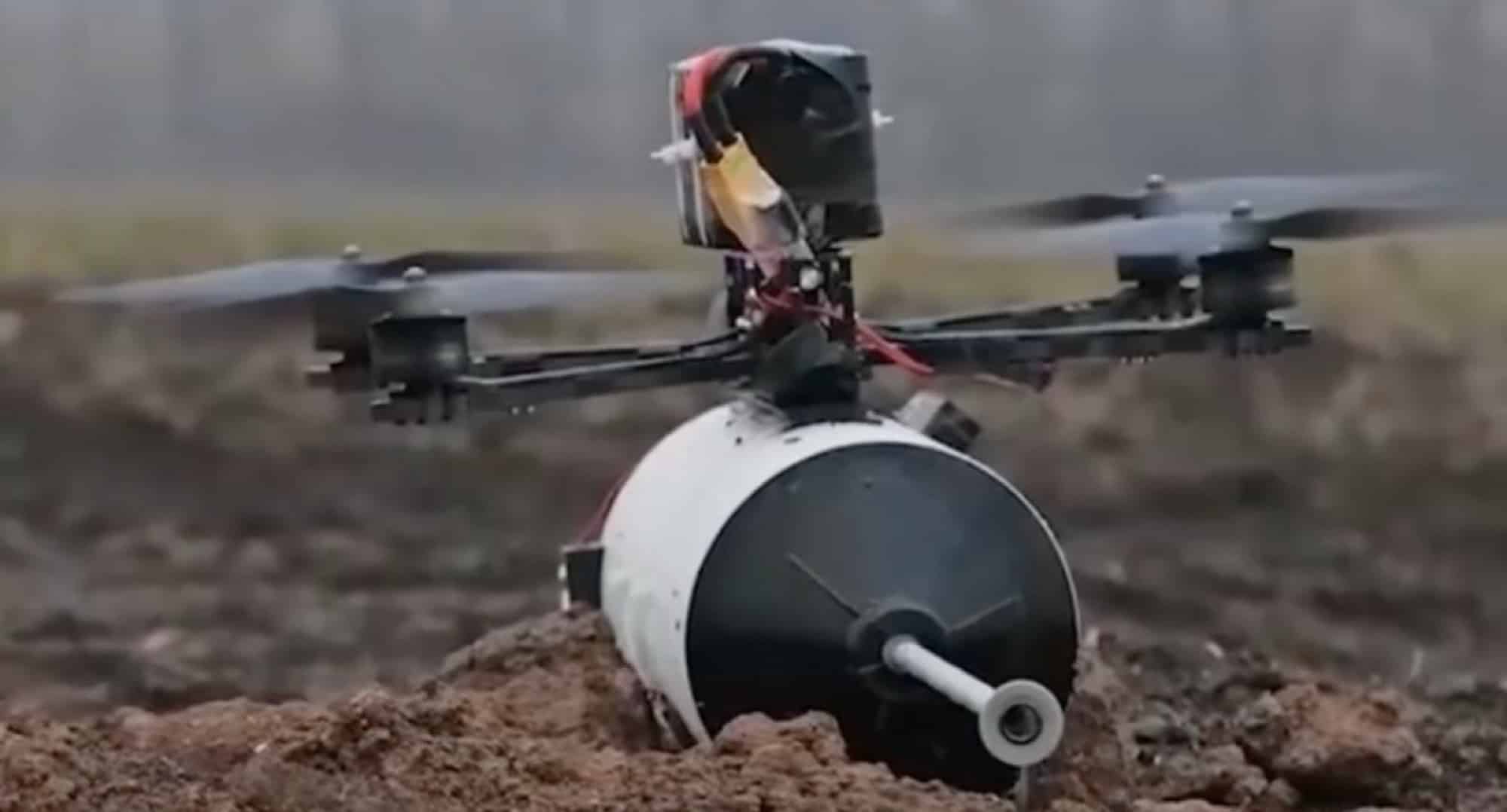

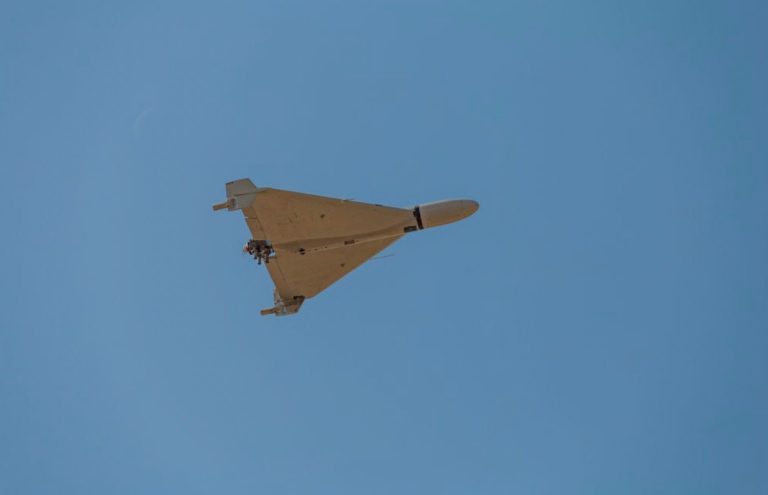
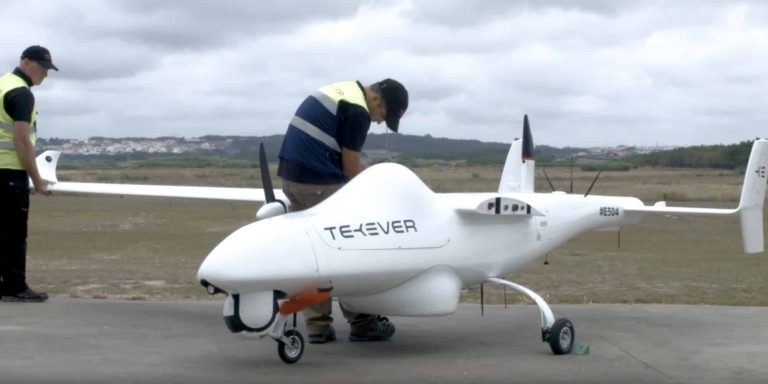

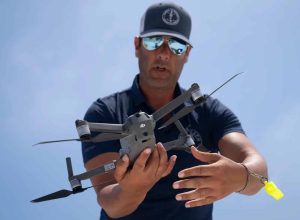





+ There are no comments
Add yours